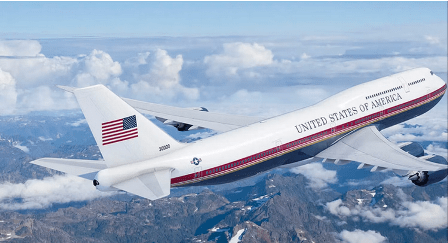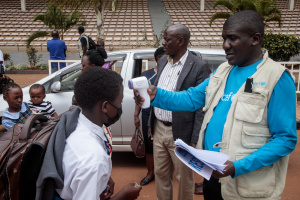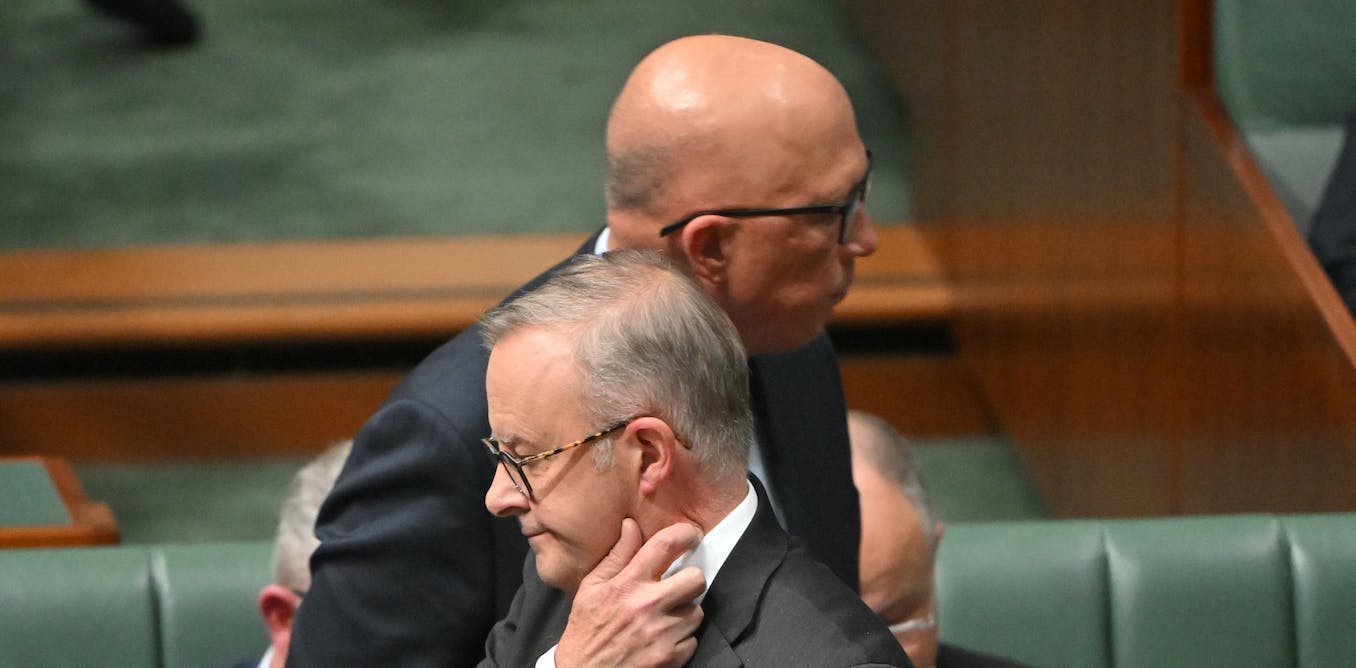It’s typically not a surprise when large projects come in behind schedule and over budget. However, the ‘new’ modified Boeing 747-8i Air Force One aircraft (designated VC-25B) takes this trend to another level. Responsible for seeing the project to completion for the United States Air Force (USAF), Boeing recently reported further losses on this fixed-cost contract.
$1 billion loss on each aircraft
As highlighted by CNN on Wednesday, October 25th, Boeing posted further losses on the work to provide the US President’s future flagship aircraft.
The US planemaker reported further expenditures totaling $482 million on the contract. In fact, the deal to modify two 747-8i jets (initially built for commercial airlines) has now lost Boeing a total of $2 billion – or $1 billion for each aircraft. According to Boeing’s chief, the latest loss is a result of engineering changes, labor instability, as well as a resolution of negotiations with a supplier.
You may recall that in 2018, Boeing agreed to provide the Air Force One jets at a cost of $3.9 billion. Facing pressure from then President Donald Trump, Boeing agreed to lower its price for the contract.
Speaking with CNN, a White House spokesperson stated at the time:”President Trump has reached an informal deal with Boeing on a fixed price contract for the new Air Force One Program … Thanks to the President’s negotiations, the contract will save the taxpayers more than $1.4 billion.”
The peril of a fixed-price contract
In 2022, CEO Dave Calhoun expressed regret that his company had agreed to a fixed-price contract. With the deal being struck in 2018, most will know that the pandemic and its far-reaching impacts on supply chains have made many things more expensive. Even before the global health crisis (but after making the agreement with Trump), Boeing found itself pouring vast amounts of resources into getting the 737 MAX recertified with regulators around the world.
“Air Force One, I’m just going to call a very unique moment, a very unique negotiation. A very unique set of risks that Boeing probably shouldn’t have taken…But we are where we are.” – Dave Calhoun, CEO, Boeing (April 2022)
On October 25th of this year, during the earnings call with investors, Calhoun emphasized that the current fixed-price environment has resulted in “unplanned hurdles” that have become “unrecoverable costs.”
Delays persist
Early reporting on the VC-25B program anticipated that the delivery of the first of two jumbo jets would take place in 2024. The biggest questions early on were over the aircraft’s livery and whether the current US president would even experience the new jets due to their term ending at the end of 2024.
Over time, both of these questions have been somewhat answered:
- On the topic of livery, we know that President Biden has opted for a paint scheme that is much more similar to the VC-25As over the one proposed by President Trump.
- Regarding timeline, March 2023 updates from the US Air Force now place the arrival of the first aircraft in 2027. The second is expected to be delivered in 2028. Thus, President Biden would certainly not be flying in the new aircraft this term.
With this project now several years behind schedule and billions over budget, Boeing is surely eager to do everything it can to ensure that the jets aren’t further delayed or incurring further unexpected costs. Neither of these things, however, are guaranteed…
Sources: Simple Flying, CNN, US Air Force




